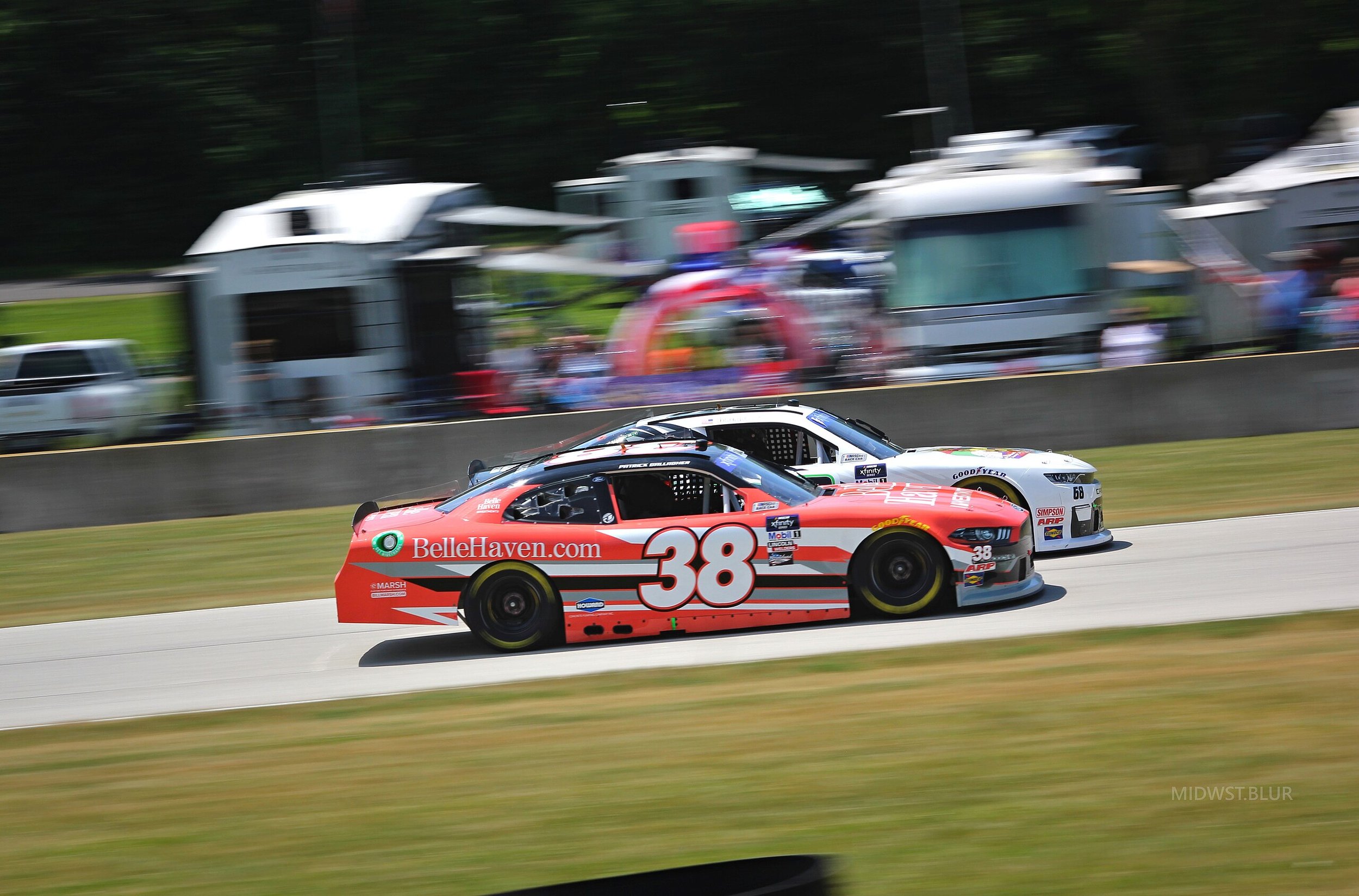
SpeedSF Blog
Every Build Has a Story – Meet the Cars of SpeedSF

Passing Etiquette: Making Space and Saving Face
Passing and braking are the last two things a driver learns to do well. We’ve broken down a series of basic rules to follow to help learn how to make the pass stick and how to do so safely.

A Simple Guide to Driving in the Rain
It might intimidate some, but driving in the wet/low-grip conditions is one of the best ways to improve as a driver. Here are some simple tips to remember next time the heavens open on your track day.
